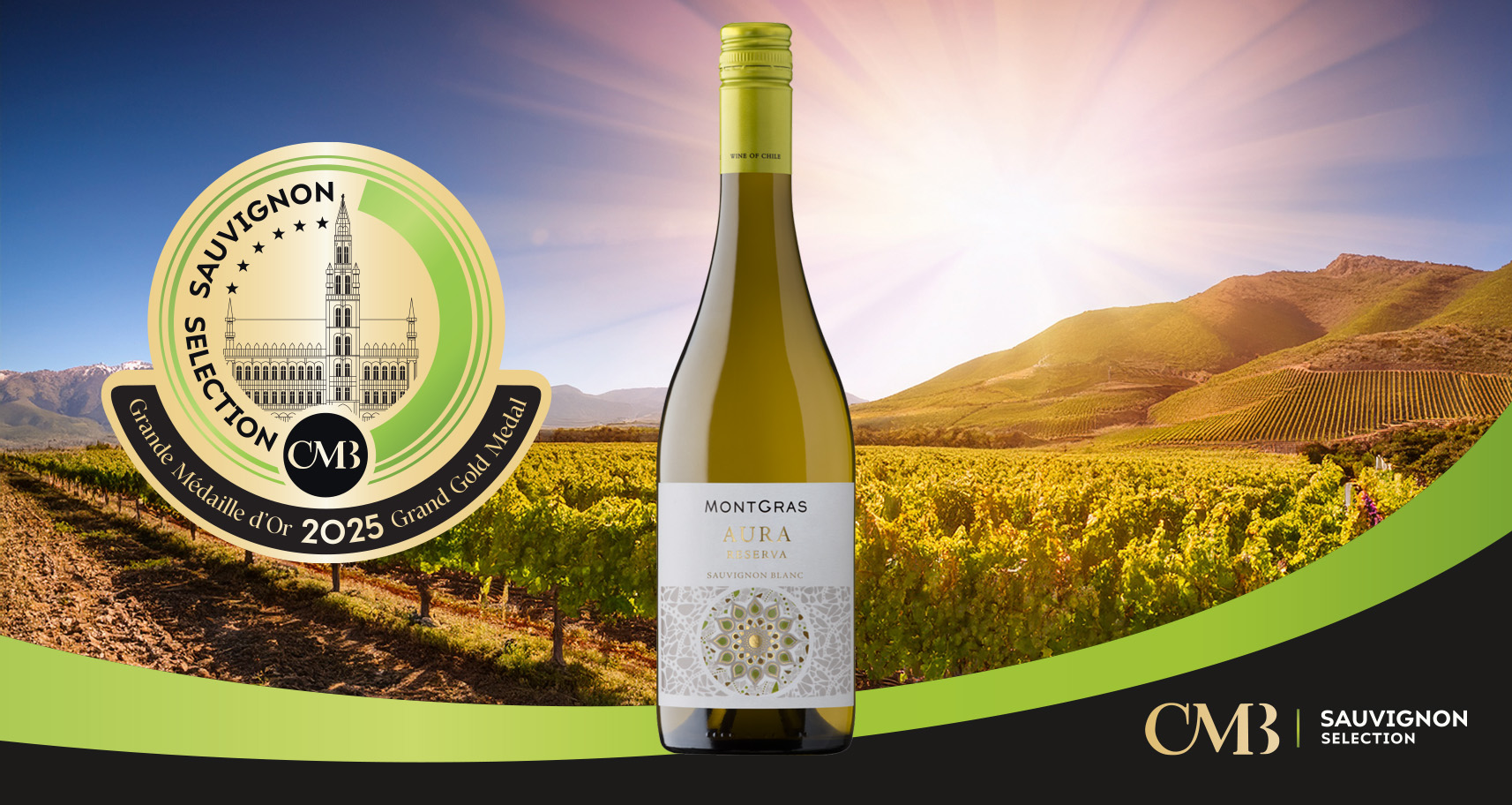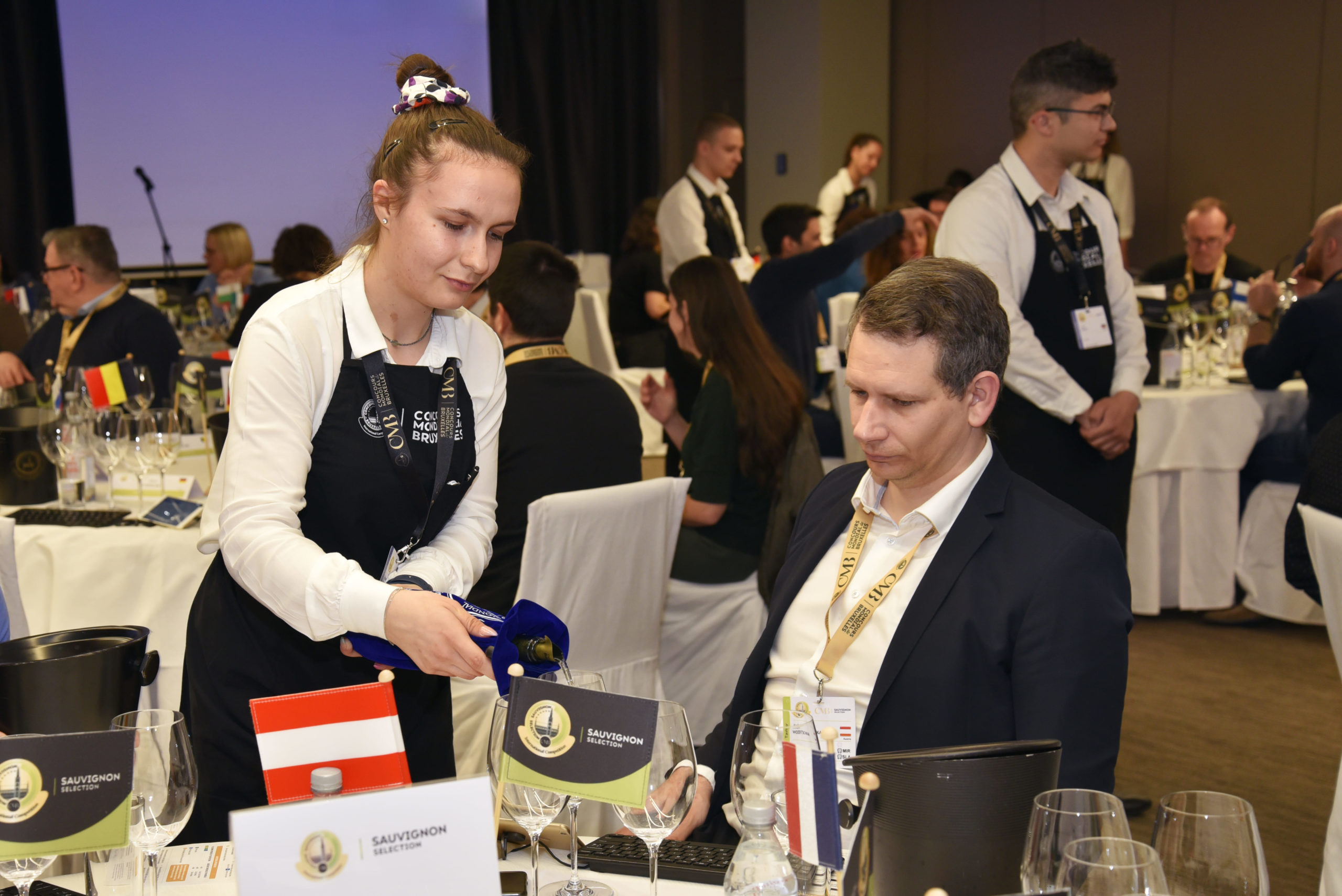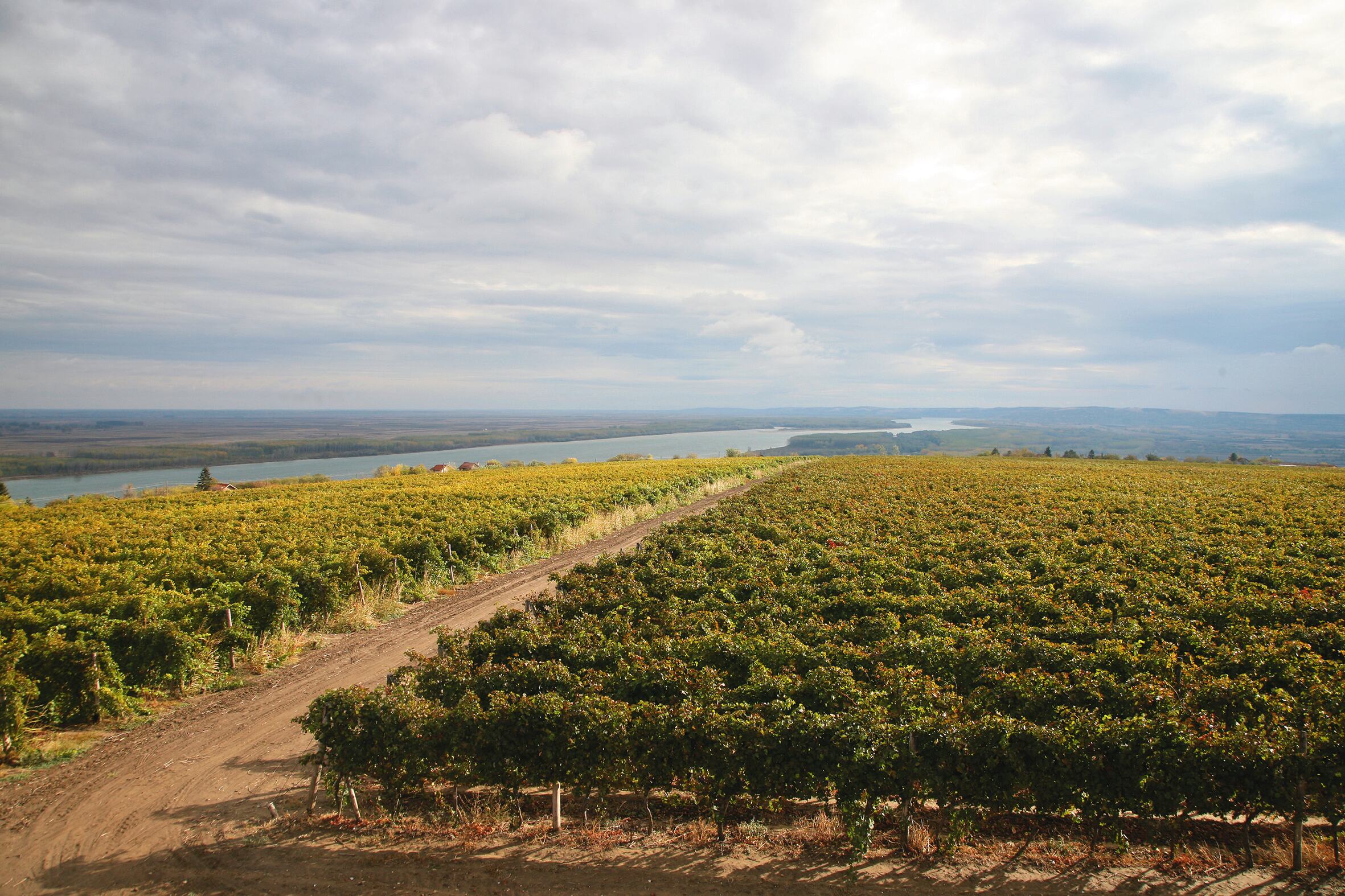SOUTH OF FRANCE
South of France
There is a risk of confusion here: the vineyards of Occitania are divided into two areas. The South-West, which includes Côtes de Gascogne and Tarn; and the South-East, which includes the wines of Languedoc-Roussillon. The two areas are quite different, both for their history, climate and grape varieties.
![]()
SOUTH-WEST: CÔTES DE GASCOGNE
The South-West region has 3,000 hectares of Sauvignon blanc, 2,800 of which are in the Côtes de Gascogne appellation area. Sauvignon blanc has been grown locally since the 19th century, but remained in the minority for many years. Until, that is, the Armagnac crisis of the 1980s encouraged winegrowers to diversify and branch out into dry white wines, initially regional wines, which subsequently became Côtes de Gascogne in 2009.
Côtes de Gascogne produce 85% white wine. The local varietal range has long been dominated by the distillation-suitable varieties that are Ugni blanc, Colombard and Baco. Sauvignon blanc, however, is increasingly becoming a magnet for producers due to the felicitous climate and great aromatic expression. Since 2000, 2,487 hectares of Sauvignon blanc have been planted, bringing the total to 2,823 hectares. Despite this, 45% of the Côtes de Gascogne varietal range is still Colombard, followed in equal parts (18%) by Gros manseng and Sauvignon blanc.
Sauvignon basks in the region’s sunny, damp climate, with its strong Ocean influence and a growing season marked by abundant rainfall and significant diurnal shifts. The vineyard is sheltered by the Pyrenees to the South and the wooded Landes area to the West. The rolling countryside, a series of hillsides, valleys and rivers, creates an interesting diversity of aspects, coupled with a wide range of soil types, from the deep fawn sands to the West; clay-limestone to the East; and ‘boulbènes’ (sand, silt and clay) in the centre. Mixed farming, including sunflowers and livestock, enriches the soils with nitrogen, which promotes the development of thiols that are pivotal to the aromatic quality of Sauvignon blanc.
Their proficiency in making wine from the very fragile Colombard grape variety has given Gascon winegrowers a great deal of expertise in protecting these aromatic precursors – thiols are very sensitive to oxygen, but are essential for bringing out all the fruit aromatics in Sauvignon blanc. Utmost care is taken from harvest to bottle to preserve these aromatic precursors, starting with night harvesting and protecting the fruit using dry ice. After de-stemming, cold skin-contact maceration lasting a few days stabilises aromas before alcoholic fermentation kicks off at low temperatures (between 14 and 18°C). Aside from the odd exception, the wines are not matured.
White Côtes de Gascogne wines are designed to keep their lightness and freshness and to display pronounced notes of citrus, stone fruit and tropical fruit. The wines are mainly blended, with two main blending partners. Sauvignon blanc is typically combined with a backbone of Colombard, holding a 20% share of the blend. When paired with Colombard, which is even livelier than Sauvignon and revolvesaround the same aromatic core, it adds balance and bolsters its flavour spectrum, creating light, palatable blends with an ABV of around 11%. Sauvignon Blanc can also be blended, generally in equal parts, with Gros Manseng, leading to a more structured, more complex Côte de Gascogne which hasslightly higher alcohol (12.5%) and is more of a food-friendly style. Less than a third of Côtes de Gascogne are single- varietal Sauvignon blanc. One hundred million bottles of Côtes de Gascogne, 60% bound for export markets, are produced each year, 85 million of them white wines, including 12 million sweet wines. Retailing in France for around 6 euros for the dry wines and 8 for the sweet versions, Côtes de Gascogne have garnered extensive international consumer acclaim.
![]()
LANGUEDOC-ROUSSILLON
Languedoc-Roussillon, with its extensive vineyard acreage, has made huge strides in pulling up vines and replanting higher quality varietals for over
40 years – this has involved grubbing up 230,000 hectares of vines. The crisis it experienced from 2005 to 2010 is once again prompting the region
to reinvent itself, favouring a greater diversity of wines; until recently, the range was very red-centric (in 2005, only 15% of the region’s vines were white). Competition from New World producer countries has steered the region away from its previous staples – Merlot and Cabernet-Sauvignon – in favour of a higherproportion of whites, considerably broadening the resultant range of wines.
Some of the red varieties were uprooted and replanted, namely with Sauvignon blanc. The shift in acreage towards more white (25%) and rosé varieties (21%) has led the region to invest in modernising its production facilities and gain control over temperatures during the winemaking process.
Over the last twenty years, Sauvignon blanc has seen its area under vine double, rising from 4,525 hectares in 2000 to 8,800 hectares in 2019. Languedoc-Roussillon now produces 29% of French Sauvignonblanc, equating to 450,000 hectolitres and a potential 60 million bottles. Over the last ten years, production has increased by 33% to meet growing demand.Sauvignon is the second most planted white grape variety in the region, after Chardonnay. The primary designation (95%) for its Sauvignon blanc is IGP Pays d’Oc. The varietal has entered the ‘Big 5,’ the most sought-after grape varieties, both in France and in export markets. Mainly bottled as single varietal (80%), Sauvignon can also be used for novel blends. The market is largely brand-focused (80%) and driven by large volumes,mainly retailing in supermarkets.
In addition to these powerhouses are the small to medium-sized family-run estates, which can offer distinctive creativity, both for the style of the wines and the choice of labelling. Such is the area under vine, that the soil types and micro-climates are extremely broad-ranging. The cooler areas, such as the foothills of the Cevennes mountains and the Limoux region, produce tenser Sauvignon blancs that complement the warmer, more aromatic wines grown along the valley floors or the coast. Sauvignon blanc has quickly taken on the Pays d’Oc accent, with vibrant fruitiness and pronounced, exuberant citrus notes, or more tropical aromatics and a measure of roundness when grown in warmer areas. IGP Pays d’Oc Sauvignon blanc retails for an average 4.50 euros, a significant increment on price points ten years ago.
Gabrielle Vizzavona
Every month, a different producer country will be featured, from the classics such as France and New Zealand to more unexpected destinations such as Austria or Spain. For the next one, we go to Spain.


